Submitted by Jeff on Thu, 01/12/2011 – 02:23
This is a work in process, based on several years of discussions between Greg Stafford, Dan Barker, and Jeff Richard to get the look and feel of the Gloranthan West down. It is significantly different than the approach taken in recent fan publications and may surprise folk. However, this is pretty close to the approach that will be taken in future Moon Design publications.
Note: the pictures are inspirational only and have many details wrong (particularly as to color).
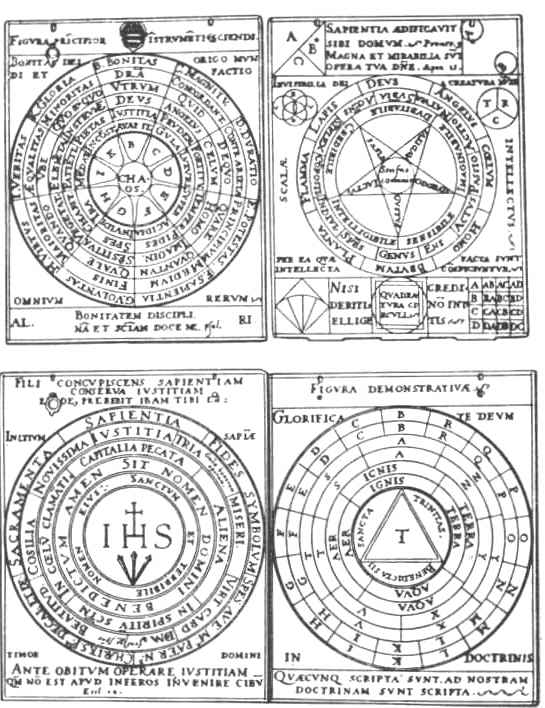
The Westerners, or Malkioni, are one of the four Major Cultures of Genertela (along with Orlanthi, Pelorian, and Vithelan). The defining feature of Western Culture is its adherence to one of the sects of materialist philosophy that think that the world is a natural process conquerable and usable by conscious manipulation by mortals. The many sects of this materialistic philosophy agree on a few basic points:
- the workings of the universe can be intelligently distilled to a set of impartial laws;
- the strictly impartial forces that constitute the Cosmos (the Runes) can be tapped and exploited through manipulation of Knowledge and Power (also called “wizardry”); and
- the universe can be shaped through wizardry without consent from gods who are elsewhere believed to rule everything. Many non-Western cultures find the Malkioni materialistic philosophy blasphemous and evil, and call it sorcery.
Beyond these three postulates, the many sects and schools of Malkioni philosophy widely disagree. For example, some atheistic sects view the world as nothing more than its impartial laws; on the other extreme, some sects encourage worship of gods and spirits by those who do not possess the secrets of Knowledge and Power. Most Malkioni sects call the Creator of the world’s impartial laws the Invisible God or the Prime, or Hidden, Mover. Many sects venerate the great teachers of Malkionism as exemplars of righteous thinking and virtuous action, but few derive any magic from that veneration.
Most Malkioni sects additionally hold that the most logical way to organize human society is through assigning members of that society to one of four specialist-castes: Worker (Dromali); Soldier (Horali); Leader (Talari); Wizard (Zzaburi). The Brithini assigned all women to a fifth caste called Menena. How that assignment is to be achieved, and whether it is permanent, are subjects of great and often violent disagreement between the sects.
In general, Malkioni philosophy can be thought of as mixture of Greek philosophy (particularly Platonic realism and Neo-Platonism) with Jewish Kabbalism and Neo-Platonic Gnosticism. They are endlessly fascinated with ascertaining the ideal (and therefore truest) forms of things, which is reflected in their art, their magic, music, and other aspects of their culture.
What the Malkioni are not: Medieval Catholics. Although Scholasticism was a rediscovery of Greek philosophy (particularly Aristotelianism and Neo-Platonism), it is easier to understand the Malkioni by looking at the pre-Christian version of that philosophy. The caste systems of the Malkioni are more ancient Hindu than medieval feudalism.
The Look of the Westerners

Western costume and art, like Malkioni philosophy itself, is ultimately derived from ancient Brithos. Each caste had its own distinctive appearance. Initially this was by skin color (Dromali were said to be green – although some say brown, Horali red, Talari yellow, Zzaburi blue, and Menena by being female). Each caste had a particular shape associated with them: the Talari looked like modern humans; the Zzaburi had an affinity for tallness and great height; Horali had an affinity for strength and speed; and Dromali were stocky and sturdy.
With the destruction of the Perfect City and the coming of the Endless Glacier, the ancient Brithini displayed caste through costumes that incorporated the symbols and colors of that caste, and were appropriate for the sub-arctic and arctic conditions of the Great Darkness. As described in Brithini grimoires, their essential components (required for Brithini magic to be able to aid them) consist of:
- Dromali costumes are simple and basic. Only a loincloth and work tools are required, although presumably more was worn in the Ice Age.
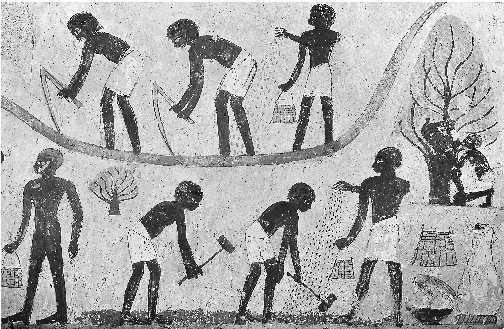
- Horali costumes are militaristic. Horali must be armed with a weapon, and they must have at least a “corslet, greaves, shield, and a helmet”. At least one spell describes them as with “shaved chin but not shaved lip”.
- Talari costumes always have a yellow crown, jewelry, and accoutrements of authority. Their hair is described as “long” and “well-combed”. They are described as “sweet-smelling” and “without blemish”. At least one spell refers to the “wives and lovers of the Talar”. The Talar adjudicate disputes between castes and deal with outsiders.
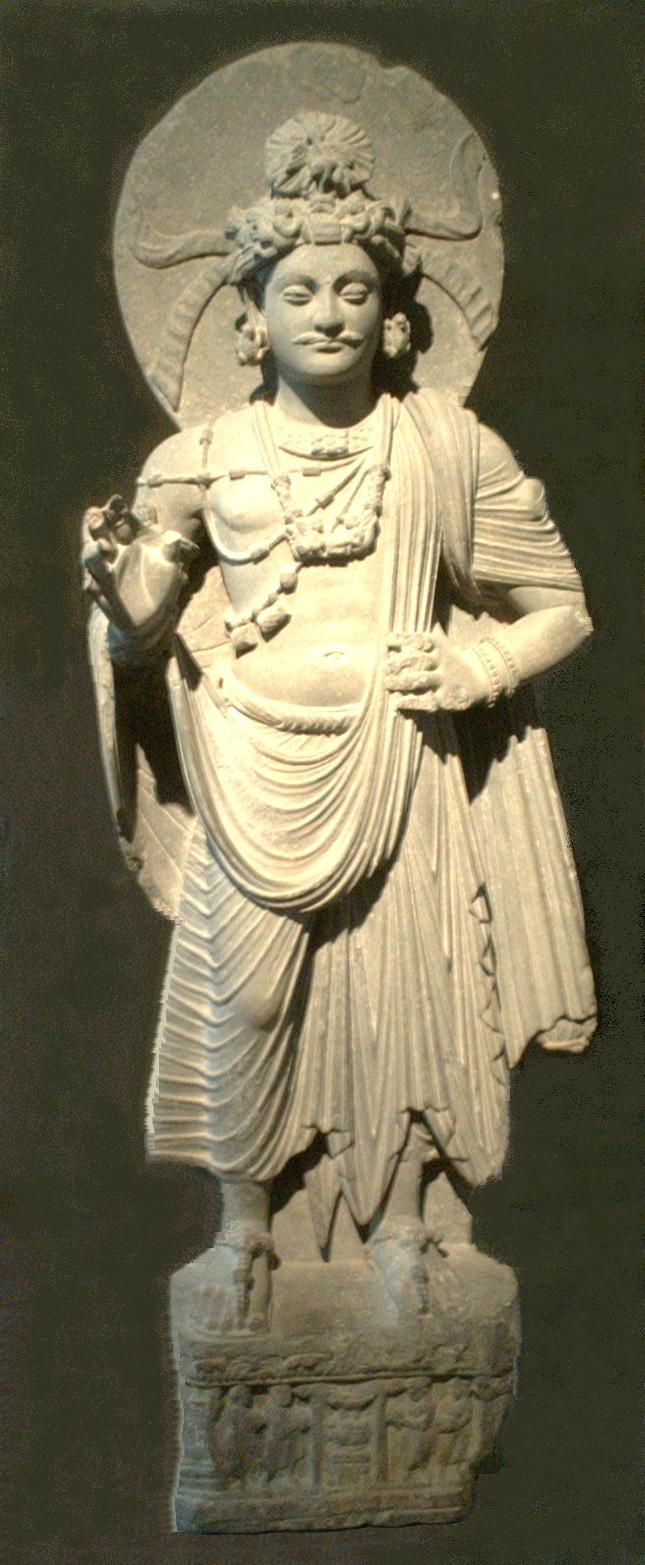
- Zzaburi costumes exaggerate the height of the wearer with tall hats (and sometimes elevated shoes) and long-sleeved robes. Brithini Zzaburi must be taller (through their tall hats and elevated shoes) than any other humans present. Their chins are described as “unshaved”. The Zzaburi are described as being ascetic and celibate.
- Menena costumes are not described, although references to female primary and secondary sexual characteristics appear in many grimoires. The status and role of the Menena caste is a source of debate amongst the Malkioni sects.
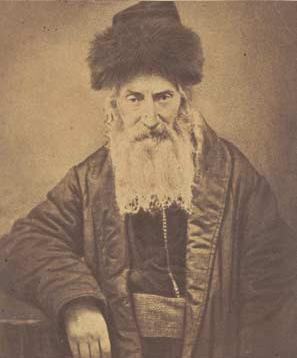
The above description is not intended to be complete, but to give a quick feel for the essential components of each caste. Because of the narrowness of Western sorcery (for example, if a grimoire describes the caster or recipient as possessing the items of caste, the accoutrements of caste must be present for the spell to work correctly), key components of Brithini costume have survived wherever spells derived from Brithini grimoires are still used.
Jrusteli: Most ambitious, curious, and, ultimately, amoral wizards in Gloranthan history. Like all non-Brithini Malkioni, the Jrusteli initially used the revelations of Hrestol to bypass the inhuman restrictiveness of the Brithini laws. The revelation of the Abiding Book* provided the Jrusteli wizards with a new and dynamic materialistic philosophy that they used to conquer the great Middle Sea Empire (which united all Western peoples except the Brithini and a few other minor peoples). Ultimately, their experiments went too far and they got destroyed.
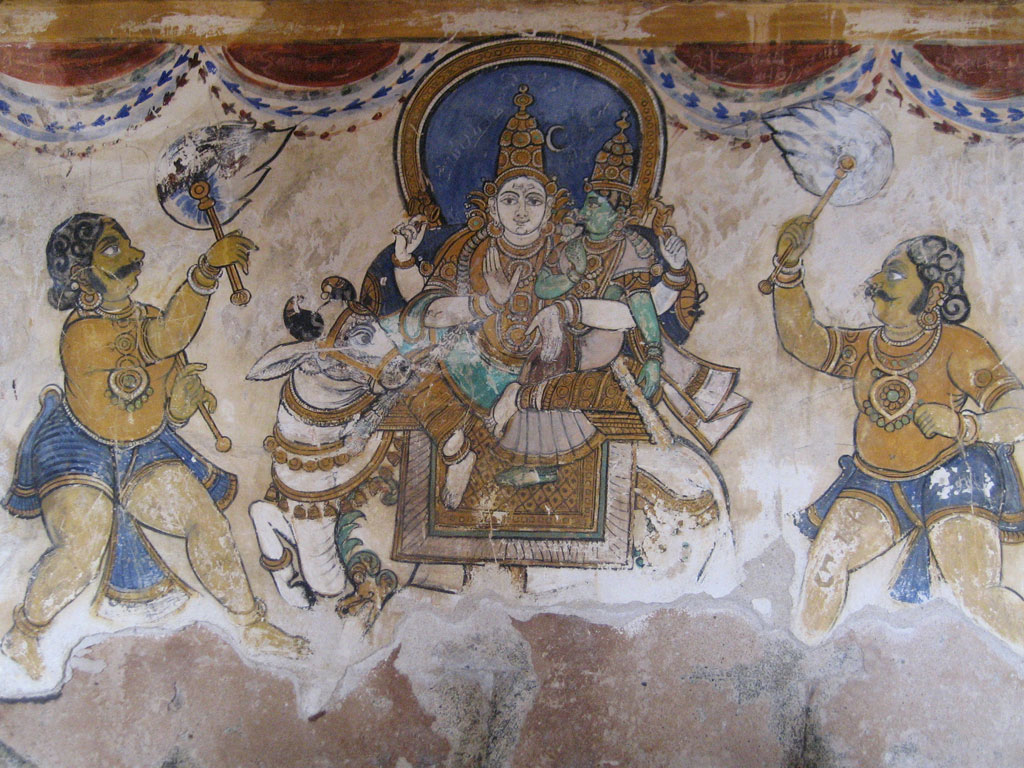
The Jrusteli lived in a humid, subtropical climate with hot humid summers and mild winters. As a result, Jrusteli costume emphasized only the key named items in Brithini grimoires and eliminated most garments not required by the grimoires (unfortunately doesn’t help the wizards!). The Jrusteli were one of the few truly “Iron Age” human cultures in Glorantha – their rulers had broad and easy access to iron for weapons, armor, and other tools. The rich and powerful decorated themselves with treasures and materials from all around the world. If you imagine fantastically attired Chola nobles and ladies, with Greco-Jewish sorcererous advisors dressed in tall hats and long robes, heavily armored cavalry soldiers with iron weapons, and lots of peasants and laborers with loin-cloths, you probably aren’t far off.
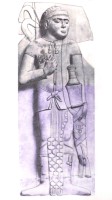
Seshnela: Third Age Seshnela is a remnant of the old Jrusteli Empire ruled by philosophical ultra-reactionary wizards of the Rokari sect, who are intrinsically tied to a martial dynasty of “Talars” from the semi-barbarian lands of Rindland and Tanisor. Rokarism rejects the revelations of Hrestol, uses the Sharp Abiding Book which has been purged of the God Learners’ lies, and generally tries to emulate the Brithini way whenever possible. The Rokarism strongly upholds the ancient castes of Worker, Soldier, Wizard, and Noble. Each person is born into his class. They believe a man need only master his own duties of caste in life to achieve salvation, and philosophically value a great farmer as much as a mighty warrior or powerful king (ironically, the ruling dynasty were described by a Brithini as a “pack of trumped up, half-barbarian Horali”).
The Westerners of Genertela generally followed the Jrusteli in fashion and culture (and Second Age Seshnela can be thought of as an appendage of Jrustela), with the attire somewhat modified by the cold winters. They have an arrogant and ambitious martial ruling class of quarreling noble families, mercenary regiments (of heavy cavalry, infantry, and skirmishers) organized into various societies including lion, deer, horse, bear, boar, and even wolves (individual regiments of the same society may be sworn to different – even feuding – noble families), oppressed peasants, and secretive wizards who live in constant fear of the return of God Learnerism.
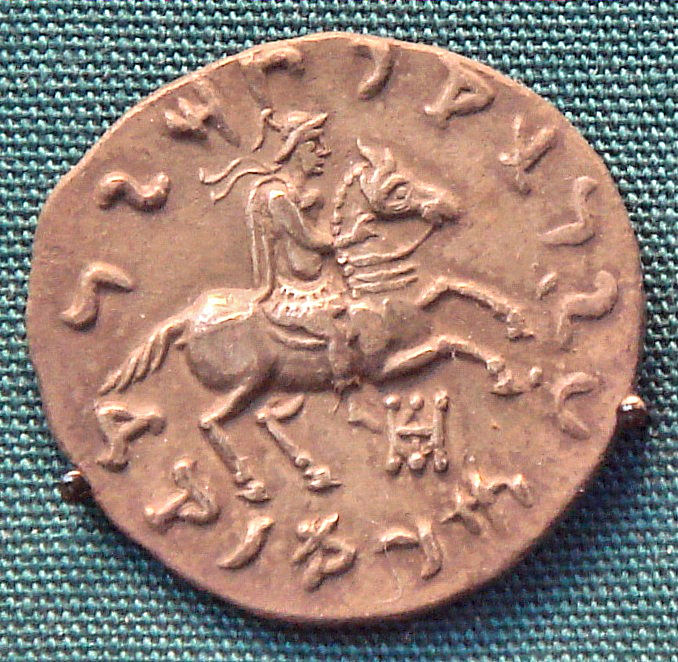
If you mixed Sunga India (who cracked down on Buddhism) with reactionary Orthodox Judaism and Kabbalism as the state religion, throw in some competing Kshatriya warrior societies (and give them some downright barbaric guardians) and give it a Merovingian Frankish dynasty (that is trying really hard to look like they Chola Indian kings), you probably are on the right path.
What this is not: Seshnela is not High Medieval Europe.
Castle Coast: A proud and fractured aristocracy of sorcerer-warriors still aping Jrusteli ways (although not God Learnerism) living in isolated but impressive castles attempt to outdo each other in philosophical insight and displays of martial prowess. They are twilight lords, re-enacting the splendor of a bygone age. The rulers of the Castle Coast have access to iron weapons, armor, and tools of dwarf manufacture and far superior to what the Seshnelan crafters can make.
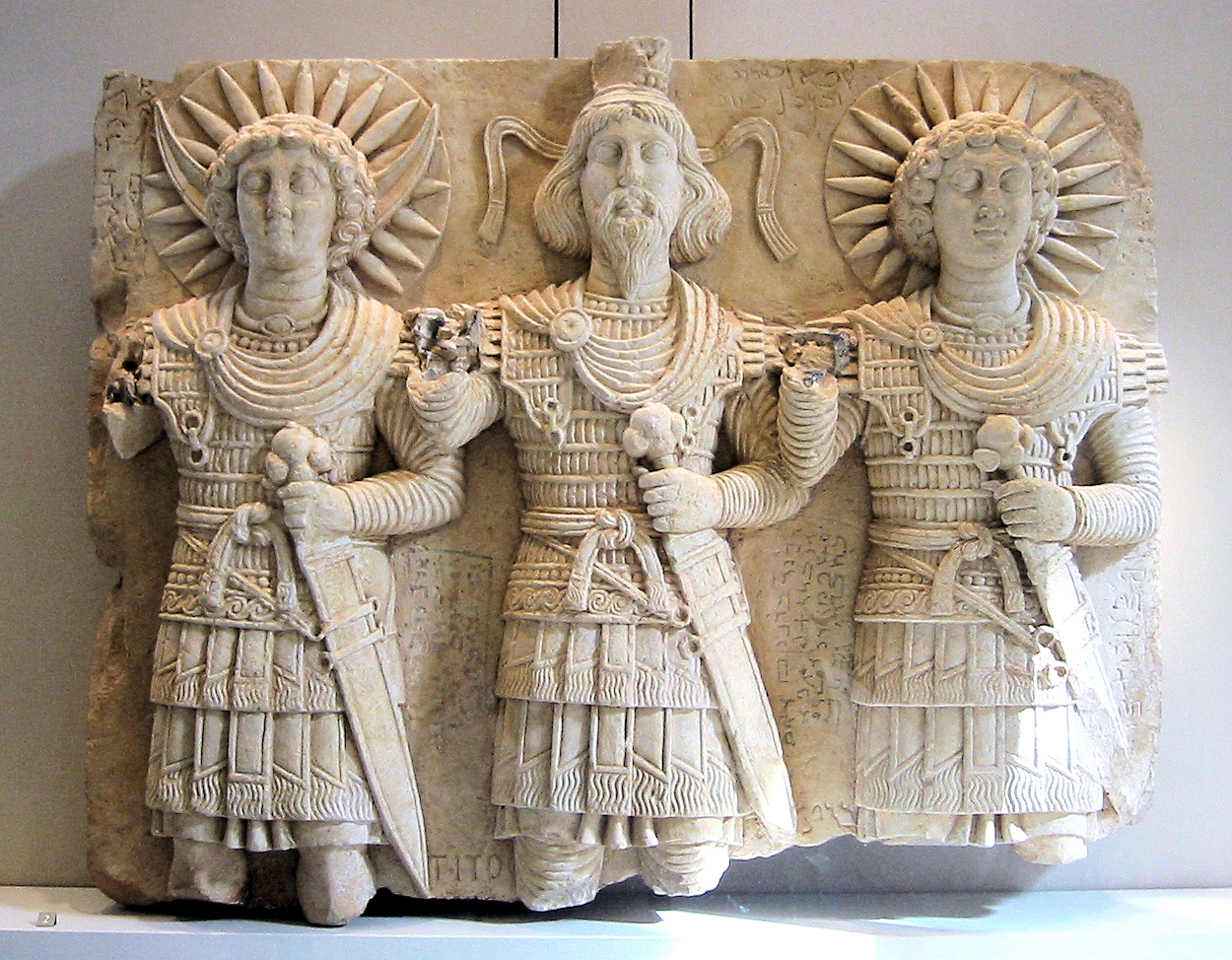
Safelster: These rich city-states surround a small inland sea and are a hybrid of Orlanthi cults and Malkioni materialistic philosophy, with lots of weird esoteric influences and secret societies dating back to the Gbaji Wars.

The Safelstrans worship gods (Orlanthi, Troll, Arkat, Chaos, and others).
If you mix the city-states of Phoenicia with those of the Etruscans, add some Shemites from Robert E. Howard, and give it the politics and intrigue of Renaissance Italy, you are probably on the right path. Weird religious cults worshiping aspects of Orlanthi and Troll gods nobody has ever heard of before, with ambitious sorcerers delving into the mysteries “Man was not meant to know,” insane shamans talking to demons, and secret societies conspiring and plotting.for their aid and protection but believe that above the gods there is one Supreme Deity, the Invisible God, and God of the gods. The temples of snake goddesses and storm gods coexist with schools of eldritch wizardry that claim to know the dark secrets of Arkat. Secret societies that teach some other dark secret of Arkat battle against secret societies thought to have mastered the powers of Chaos. Some gods are associated with one city, and prohibited in others. Cities may have ruling noble families, but the caste system (where it exists at all) is loose, flexible, and more of a “guideline than a hard rule” – certain kinship groups may control a particular trade in a city-state, but competing using magic, combat, and trade (or anything else they have). Orlanthi (from the highland kingdoms of Vesmonstran and the East Wilds) and troll mercenaries (from Guhan and Halikiv) fight in their many wars, and are notorious for switching sides.
Loskalm: Plato’s Republic in Glorantha. A utopian kingdom ruled by a philosopher-king and his council of philosopher-sorcerers and defended by heavily armored wizard-warriors who ride big horses. Through the self-sacrifice of their greatest hero, they managed to banish all barbarians, heretics, and monsters (ie, the rest of the world) for nearly a century, which allowed them to construct a perfectly harmonious society without interference from the corrupt outside world. They reject caste completely. The corrupt outside world has returned with a vengeance and Loskalm is now locked in a death struggle with the Kingdom of War.
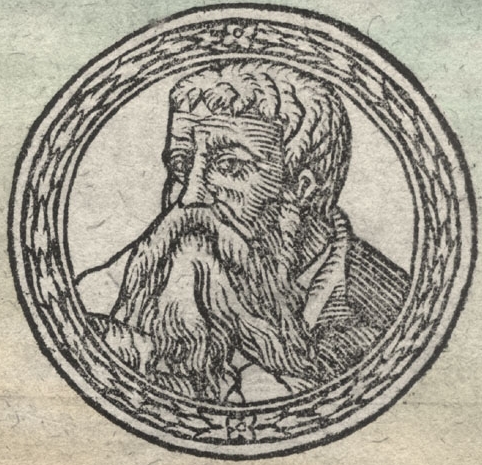
Loskalm is defined by the Malkioni sect of New Hrestolism. This sect holds the Invisible God as revealed by Hrestol and Siglat to be the ultimate source of good and hold that each citizen must understand the essential beliefs of the divine in order to be able to contribute to a good society. During the Ban, the miraculous King Siglat achieved radical transformation of Loskalmi society, establishing a successful idealistic commonwealth where each citizen performs the role best suited for them in harmony and justice. Among the Hrestoli of Loskalm every child, no matter what his parent’s office, is sent out to labor in the fields alongside other farmers or in the workshops alongside other crafters.
Those men and women who display appropriate spiritual virtue and ability are chosen by the Elders and trained as Guardians and taught to guard the community from external foes and to maintain order and harmony. Successful Guardians may be selected by the Elders and taught to be Men-of-All. New Men of All are admitted only after experiencing Joy and are required on admission to full membership to surrender all their property to the Hrestoli community. The Men-of-All learn to fight from horseback (and are thus often called “horse-men” or “knights” by commentators) and are provided with weapons and mounts by their community. They are expected to fight for the benefit of the community, study magical grimoires, and act as judges and leaders for the community.
Certain Men-of-All become Wizards, magical specialists capable of sustaining the spiritual needs of the land and its people. They are removed from worldly distractions and allowed to dedicate themselves fully to spiritual and arcane concerns. Wizards who show the most wisdom, justice, and love for the truth are forced back into the material world and become members of the Nobility – a ruling elite of Malkioni philosophers. Thus, every nobleman understands perfectly both the cosmic truth of the Invisible God and the common man, and has earned the respect of everyone who he rules. It is not uncommon for men-of-all, wizards, and noblemen to retire to the farm when their labors are done.
What this is not: Loskalm is not medieval Europe and the Malkioni are not the Catholic Church.
Jonatings: These Orlanthi-Western hybrids are comparable to the Baltic tribes. In Jonaltela, the ruling class is superficially Western, but they are essentially a bunch of cruelly pragmatic War Clans aided by Western sorcerers that rule over the majority Orlanthi peasant population. Think medieval Lithuania but with cruel sorcerers that aid the vicious nobles.
What this is not: Jonaltela is not medieval Russia.
Further Notes:
The Abiding Book
The Abiding Book is a supernatural work, created by the Will of Makan, to give guidance to humanity in a dangerous magical world. It is the most impressive Thought of Makan the Invisible God since the Dawn. The Abiding Book’s revelations of the Invisible God provided the unifying factor for the Malkioni and the Middle Sea Empire in the Second Age.
Copies of the Abiding Book made by the ascetic wizards of the Holy Mountain consisted of 216 chapters of varying length; however, Third Age Malkioni widely believe that these copies include fraudulent God Learner revisions and additions. Each chapter is formed of several poetic verses, the number varying from chapter to chapter. The individual verses may be just a few letters or several lines. Chapter titles are derived from a name or quality discussed in the text.
The Abiding Book is a meta-textual, self-referential sacred text and reflects constantly on its divine origin. Except for the Articles of Faith (Credo) at the beginning, the Abiding Book seems to have no beginning, middle, or end, its nonlinear structure being akin to a web or net. Chapters cover subjects such as rituals, cosmic realities, and the moral laws of Malkion the Founder.
The style of the Abiding Book lends itself to several techniques of exegesis (literal, allegorical, moral, and mystical), each resulting in different readings of the text. For example, although the four Malkioni castes are recognized and given specific instruction, the question of inter-caste mobility is left open, as the Abiding Book can be read either way.
The revealed Abiding Book disappeared when Jrustela sank during the Closing and no trace of it has been found in the physical world since.
Sharp Abiding Book
Though his relentless logic, the wizard Rokar of Leplain pierced the falsehoods and lies that the God Learners had added to the Abiding Book. Rokar redacted all the lies, edits, and modifications the God Learners had made over their centuries of misrule and revealed the Sharp Abiding Book – the True Abiding Book, restored to its Truth.
Instead of the 216 chapters the God Learners had claimed, Rokar determined that only 72 were True and original. Superstition, lies, falsehoods were removed to reveal the glory of the Truth. The Sharp Abiding Book is clear that the path to Solace is through adherence to the duties of caste and the eternal Laws of Malkion the Founder.
Submitted by Jeff Richard on Fri, 02/12/2011 – 20:35.
The Vadeli Empire, at its height, was much larger than Zerendel, the empire of the True Malkioni.
As for what happened to the Yellow Vadeli, nobody knows. But rumor has it that the Blue are returning.
Nobody knows the Menena skin coloration scheme (Zzabur did not consider it important enough to record) and the Waertagi are different (and their “difference” is accepted and acknowledged).
Submitted by Joerg Baumgartner (not verified) on Thu, 01/12/2011 – 17:36.
Yeah… what happened to the yellow Vadeli? (Darn, did say it…) Funny that specifically the breakers of laws did maintain this ancient law.
Out of curiosity: when you say “the larger group”, you indicate that the Vadeli inflicted more losses on the non-Vadeli Malkioni than vice versa, or did they adopt conquered non-Vadeli?
However, there appears to have been a different coloration scheme in ancient Danmalastan, too – by tribe. At least one tribe, the Waertagi, show a more or less uniform coloration with variations between blue and green.
What was the Menena skin coloration scheme?
Given the repeated waves of Brithini emigrations to Seshnela and also to early phase Jrustela, I suspect that the Seshnegi cultivated a more Brithini-like coloration.
Submitted by Newt (not verified) on Thu, 01/12/2011 – 12:08.
i’ll pop to me local curry house with a note book “Scene 23 have another colourful dance off, Heroes swoon inappropriately at Gangster’s Daughter”
Submitted by Jeff Richard on Thu, 01/12/2011 – 11:37.
Among the ancient Brithini, caste was assigned by birth order. First child was a Dromal, second a Horal, third a Talar, and fourth a Zzaburi. Fifth restarts the cycle. This was one of the first ancient laws that failed for most Malkioni settlements in the Great Darkness. Among the Third Age Seshnelans, potential Zzaburi are identified in childhood (prior to initiation to birth caste) and taken from their families.
Caste colorations disappeared amongst the Brithini in the Gods War, however remained with the larger group of ancient Malkioni, of which we shall not speak further.
Submitted by Keith on Thu, 01/12/2011 – 11:29.
Nice! Can now watch Bollywood movies for inspiration.
Submitted by Jeff Richard on Thu, 01/12/2011 – 10:50.
You’ll just have to wait until I do the Vithelans! But think about the poor Teshnans for a moment – Vithelans who defeat Ignorance, get conquered by the Jrusteli for a few centuries, get left alone, and then get conquered by Sheng. Poor guys and their fire temples!
Submitted by Joerg Baumgartner (not verified) on Thu, 01/12/2011 – 04:48.
I miss the Pythagoreans in the parallels for Malkioni philosophies.rather than whetting sharp or pointed metal implements, I enjoy these different parallels, although I’ll have to do a lot of reading up to get the nuances of some of those India parallels.
Some of these concepts require a bit of fudging, like the Zzaburi caste: it is a bit hard to have a celibate caste you can only enter through birth into this case, unless your parental caste plays no role in entering this caste. (A bit like the magicians in the Barthimaeus novels – any kid with the talent will get adopted by a magician.)
Are the various caste colorations still extant in the Seshnegi population? If not, when did they fade out? Do real Brithini still come colour-coded? How about almost-Brithini, e.g. the Ingareens of God Forgot?
More questions to follow…
Submitted by aumshantih (not verified) on Thu, 01/12/2011 – 03:32.
This is really fascinating.. but if the Westerner’s look like Chola dynastics, do the Teshnans now look like Medieval Catholics? 🙂
Submitted by Mike Gibb (not verified) on Thu, 01/12/2011 – 02:54.
Absolutely love it – even if some of the historical/cultural references are out of my comfort zone! For the first time ever I actually feel like I want to explore the Gloranthan West. Specifically Safelster!!! (The REH bit got me there! Wonder if Newt can adapt his Crypts & Things retro-clone to do it? lol!!) Great stuff Jeff – look forward to more!!!
Related Pages
Page Last updated: 2025-10-20 17:20:27
